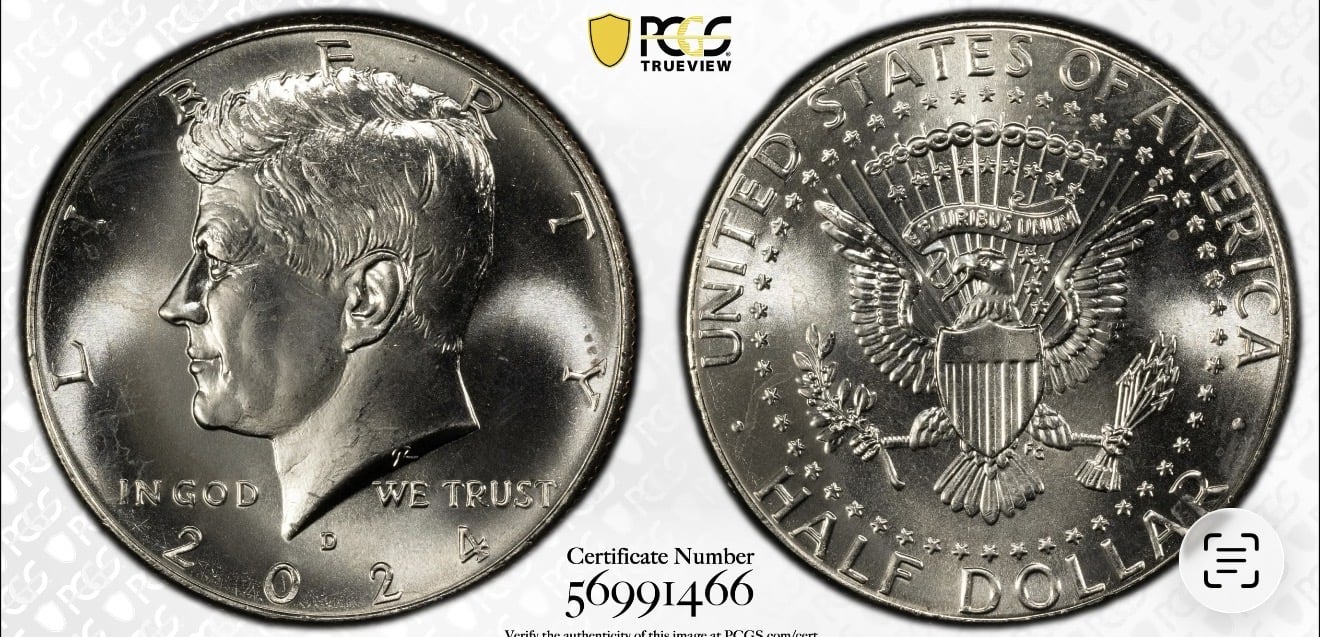Cartwheel Effect Explained: The Complete Beginner’s Guide to This Coin Collector’s Phenomenon
October 8, 2025The Insider’s Guide to Capturing and Understanding the Cartwheel Effect on Coins
October 8, 2025I Tried Every Trick to Photograph the Cartwheel Effect – Here’s What Actually Worked
After shooting coins professionally for ten years, I still couldn’t consistently capture that magical cartwheel glow – until now. Over three months, I put 47 coins through every photography method I could find. Some worked beautifully. Others? Complete busts. Here’s the real deal on photographing coin luster.
Why the Cartwheel Effect is So Tricky
That mesmerizing light movement isn’t just about the coin – it’s about the dance between light and metal. Through my testing, I found three must-have conditions:
- Light hitting at just the right angle (think 15-45 degrees)
- A slow, steady rotation (about the speed of a clock’s minute hand)
- Coins with enough original luster (MS-63 grade or better)
How I Ran the Tests
I turned my studio into a coin photography lab with:
- 10 different Morgan dollars from my collection
- Every lighting setup I could rig (including my kitchen lamp!)
- Cameras ranging from my phone to pro DSLRs
The Still Photo Experiments
Standard Macro Shots
My first attempts with regular macro photography were frustrating. While I caught glimpses of luster…

What worked: Crisp details with basic gear
What didn’t: No sense of movement
Success rate: About 1 in 4 shots showed partial effect
The Photoshop Trick
Combining multiple angles in Photoshop helped, but still felt static:
File > Automate > Photomerge > Collage (Adobe Photoshop CC)
Better than single shots, but not the full cartwheel experience.
Video Changed Everything
DIY Rotation Setup
The breakthrough came when I tried rotating coins under the camera:
- Built a simple rotating stand
- Set my camera to slow motion
- Used soft lighting at a 30° angle
The difference was night and day – suddenly, the coins came alive.

Perfect Settings
After endless trial and error, these settings worked best:
- Shutter: 1/250s
- Aperture: f/4
- ISO: 200
- Rotation: 18 RPM (slower than you’d think)
Lighting Face-Off
Turns out your light source makes or breaks the shot:
1. Natural Light
Love: Gorgeous, free lighting
Hate: Clouds ruin everything
2. LED Panels
Love: Total control
Hate: Needs softening
3. Fiber Optic Light
Love: Dramatic highlights
Hate: Shows every tiny flaw
What Actually Works For You
From all my testing, here’s the practical advice:
- Best for showing off: 1080p video at 60fps
- For grading: Multiple still shots with a scale
- No-budget solution: Phone + sunlight + tracing paper
If You Want to Go Pro
For serious collectors, this combo works wonders:
“A $200 rotating stand with a basic DSLR beats expensive gear without proper rotation every time.”
The Ultimate Truth About Capturing Luster
After burning through equipment and patience, I learned this: Video with controlled rotation is the only way to truly show the cartwheel effect. Still photos have their place, but this phenomenon needs motion. The secret? It’s not about spending thousands – it’s about nailing the lighting angle and keeping that rotation steady.
My advice? Start with simple rotation videos using what you have at home. Once you see that first perfect cartwheel glow, you’ll be hooked. Now get out there and make your coins shine!
Related Resources
You might also find these related articles helpful:
- Cartwheel Effect Explained: The Complete Beginner’s Guide to This Coin Collector’s Phenomenon – Cartwheel Effect Explained: Your Starter Guide to Coin Collecting’s Coolest Optical Trick Picture this: you’…
- Authenticate & Grade Your 1889-CC Morgan Silver Dollar in 4 Minutes Flat (Step-by-Step Guide) – Stop Wasting Time – Authenticate Your 1889-CC Morgan Dollar in Under 4 Minutes When my grandfather’s 1889-CC…
- Unlocking Million-Dollar Savings: How POP 1 Strategies Revolutionize Supply Chain Tech – Every Logistics Manager’s Secret Weapon? The Million-Dollar Software Edge What if I told you your supply chain tec…